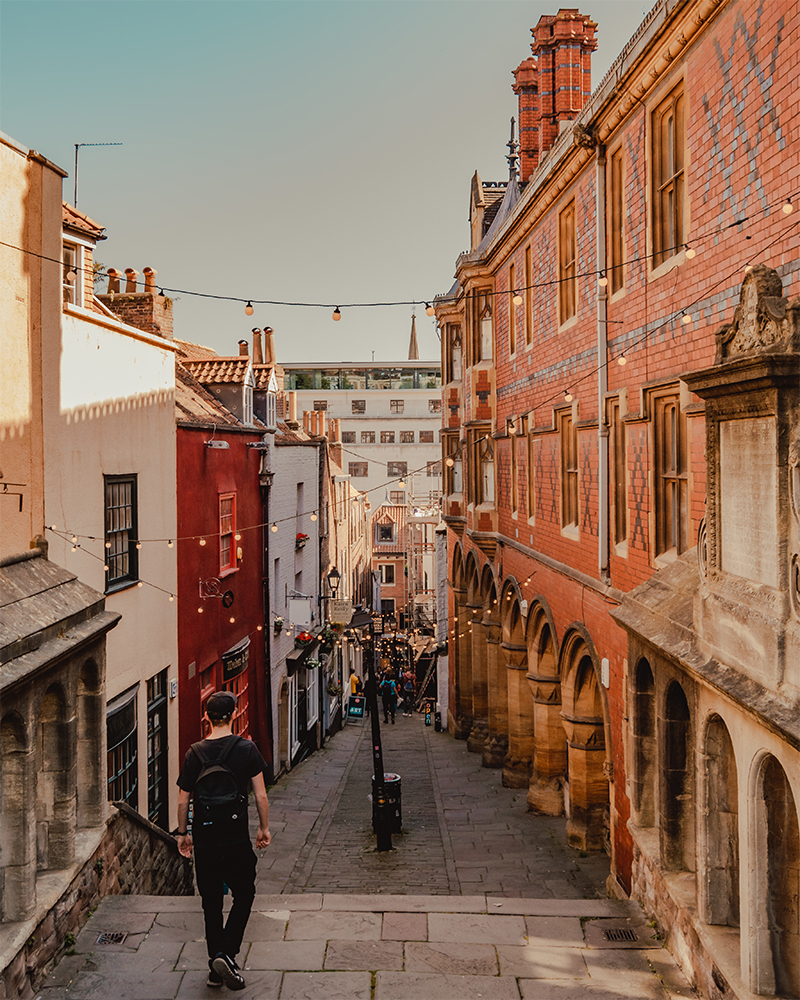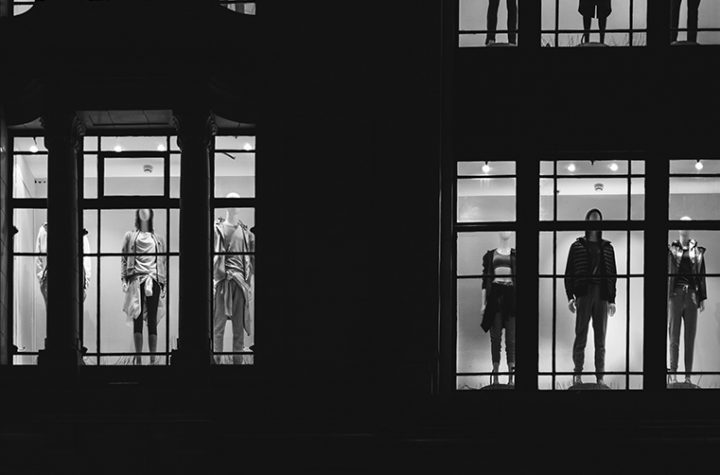
Theres a moment in 1917the World War I blockbuster which hit cinemas on Fridaywhere a plane comes crashing down from the sky. Normally, in producing such a scene, the director would have a very important tool in their arsenal in convincing the audience that what theyre seeing is real: the ability to cut to other footage.
This story originally appeared on WIRED UK.
As the aircraft approached the ground, they could cut away to the faces of shocked bystanders, cutting back to show the flaming wreckage, and so on and so forth. By doing this, the brains of viewers never have time to really scrutinize the scene, because its only in front of them for a few seconds at a time.
But in 1917, the camera never cuts away from the action. The filmdirected by Sam Mendes and inspired by his grandfathers memories of the waris presented as a single, frantic shot. It tells the story of two soldiers tasked with delivering a crucial message and follows them throughoutover minefields and through trenches, with the chaos of war all around them.
The visual effects team had to maintain the illusion for two hours, which meant totally rethinking the way films are made. The one-shot thing has been done before, says Guillaume Rocheron, an Academy Award-winning visual effects artist at studio MPC and VFX supervisor on 1917. But its always been done in environments that have been closed off.
In a film such as 2014’s Birdman, for examplethe most recent high-profile example of a one-shot filmcuts are made when the protagonist is obscured by a wall, or walks around a corner. In 1917, where the majority of the action takes place in open spaces, there were far fewer opportunities to do these kind of cutswhich meant a greater reliance on complicated digital cuts.
From early in production we looked at how to make it so that it looks continuous and so its absolutely imperceptible in terms of the look and in terms of how the camera is flowing, says Rocheron, who worked alongside Mendes and cinematographer Roger Deakins on the film. Every transition is a bit like a magic trick.
There were myriad different approaches used depending on the type of shot. For the plane crash, the team created a digital plane crashing into a digital barn, which was then blended with a physical replica of the plane shot on location. It requires incredibly sophisticated rendering and animation and blending to go from take to take, says Rocheron. One scene could be shot in Shepperton Studios and the next scene in Glasgow and you have somehow to blend that completely seamlessly.
The task was made harder because the movie was produced in native Imaxa widescreen, incredibly high-resolution format, which meant the digital painting work of the VFX artists had to be even more precise and intricate. But the biggest complicating factor was the way the film was shot.
On a normal movie, shots generally range from a few seconds up to about 20 seconds. Onersshots of 60 seconds or moreare notably rare. In 1917, some shots ran to several minutes. VFX is all about fooling the audience, through the quality of the computer graphics, the movement and the perception of reality, says Rocheron. As soon as you have a cut, your brain resetsbut in our case, you can really study everything. Your brain has time to look at things and analyze them, especially in Imax format.
That also presented a technical challenge. Generally, VFX artists will work during the day and then leave the hardware-intensive rendering of the high-resolution footage to run overnight, so its ready to review in the morning. But it takes all night to render a 10 second shot, so doing one thats several minutes long would take days.





More Stories
Justice Rajiv Shakdher also asked the media houses AGR Outlier Media Pvt Ltd. and Bennett Coleman and Company Ltd. to ensure that no defamatory content is uploaded on social media platforms or displayed on their channels.
Two people have become the first passengers on a Hyperloop, a technology considered to be the future of high-speed ground transport.